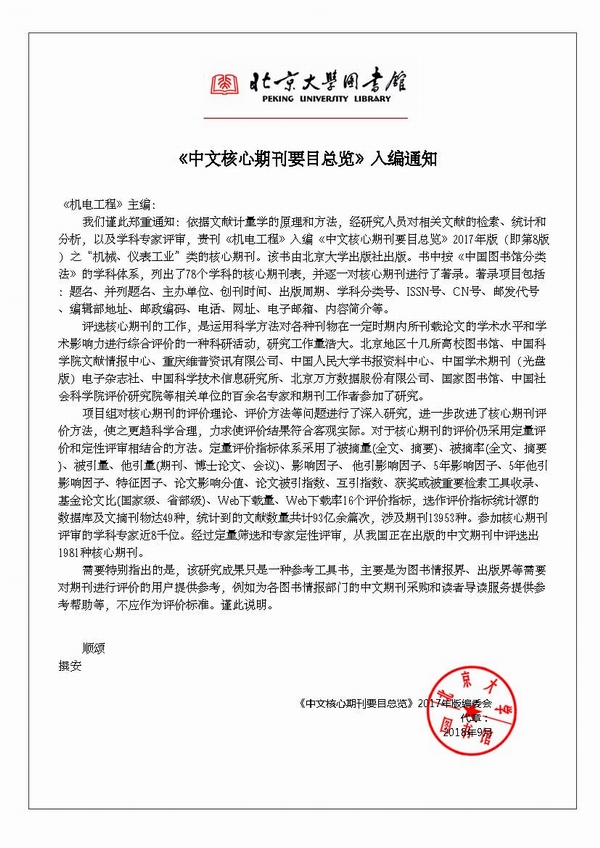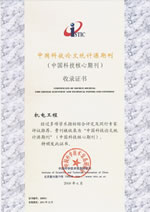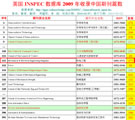Creep fatigue damage of high-temperature structure of valve under thermal-mechanical interaction
Published:2023-07-18
author:WANG Lei, TAN Jian-ping, YU Xin-hai, et al.
Browse: 1267
Check PDF documents
Creep fatigue damage of high-temperature structure of valve under
thermal-mechanical interaction
WANG Lei1, 3, TAN Jian-ping1, 3, YU Xin-hai1, 3, LIU Ping2, CHEN Shi-jian2
(1.MOE Key Laboratory of Pressure Systems and Safety, East China University of Science and Technology, Shanghai
200237, China; 2. SUFA Technology Industry Co., Ltd., CNNC., Suzhou 215129, China; 3. School of
Mechanical and Power Engineering, East China University of Science and Technology, Shanghai 200237, China)
Abstract: In the operation process, high-temperature valves simultaneously experience high temperature and high pressure, long-time steady load and short-time alternating load, creep damage and fatigue damage at the same time, but the current research on creep damage, fatigue damage and creep-fatigue coupling of high-temperature valves for multiple working conditions is still relatively small.For this purpose, a finite element model of the sodium fast-cooled reactor regulator valve body was developed to calculate and evaluate the creep, fatigue, and creep fatigue damage for safety.Firstly, ANSYS finite element analysis software was employed to numerically simulate the valve body by incorporating multi-case steady-state and transient thermal coupling methods. Then, the creep analysis of the valve body was performed using the creep constitutive equation. Finally, the linear cumulative damage theory of ASME code was used as a criterion to evaluate the safety of creep, fatigue, and creep-fatigue interaction damage of the high temperature control valve body. The research results show that high stresses are generated at the valve outlet under the thermal coupling effect of 13 transient conditions and 4 steady-state conditions, and the analysis shows that the torque is the main factor causing high stresses at the valve outlet. The fatigue damage caused by cyclic variable load on the valve body is 0.001 8, while the creep damage in a high temperature environment for a long time is 0.1. The study concludes that the high temperature valve is more likely to be damaged by creep than fatigue damage.The research provides the theoretical basis and technical solutions for the analysis and design of fourth-generation high-temperature nuclear power valves.
Key words: high-temperature valve; regulator valve body; safety evaluation; creep damage; fatigue damage; creep fatigue interaction effect









